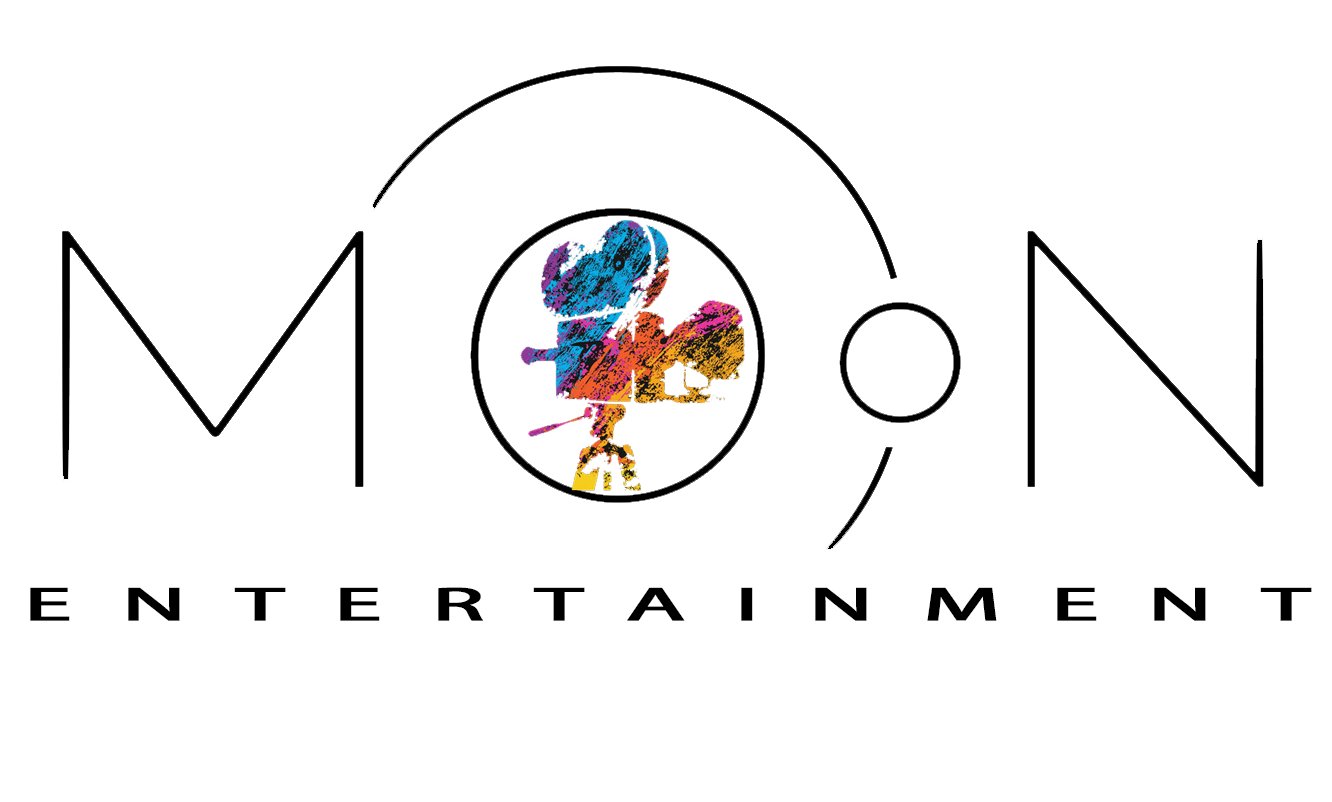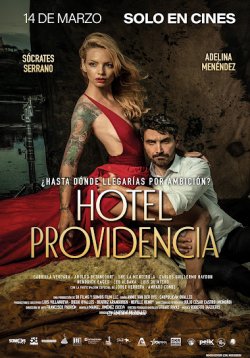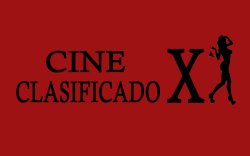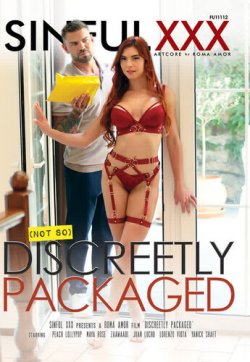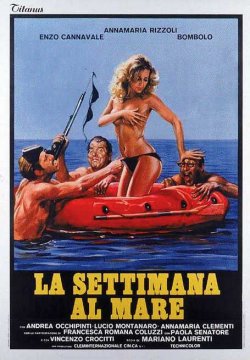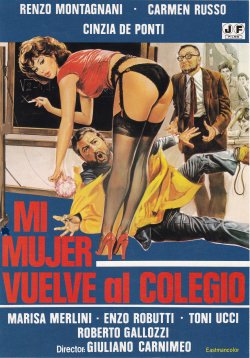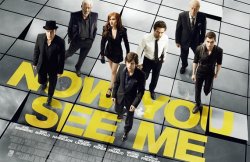 INFORMACIÓN EXCLUSIVA
INFORMACIÓN EXCLUSIVA
NOTES ON THE FILM...
When I was young I had studied – probably like most people interested in art – Dada, Fluxus, the Surrealists and the Futurists, but only superficially. A while ago, during the research for another project, I came across two manifestos by the French Futurist poet and choreographer Valentine de Saint-Point and was immediatley set on fire. Two years earlier in Berlin, Cate Blanchett and I had been introduced by a mutual friend during an opening of an exhibition of my film and photo works and very spontaneously the idea was born to do something together.
Onreading these manifestos, other texts of famous artists came back to my mind and I suddenly had the idea for our collaborative project.
In the following months, I read any manifesto I could find including theatre, dance, film and architecture manifestos. It was exciting to discover that the same ideas appear again and again. And these common ideas all came along with so much energy and utopian enthusiasm. These manifestos were not only texts which were intended to turn art – and eventually the whole world – upside down and revolutionise it; at the same time they are testimonials about the search for identity, shouted out into the world with great insecurity So I read the artist’s manifesto firstly as an expression of defiant youth, then as literature, as poetry – so to say, Sturm und Drang remastered.
The writing was beautiful and mesmerizing; I could hear the words as if they were spoken. I realised that they weren’t just historical art documents, but the most lively, performable text material. They reminded me more as theatre, and so I began to imagine these manifestos as a performance, liberated from the dust of art history and re-located in the present time.
Art history is a derivation of history and we learn from history. Artists, as well as writers, philosophers and scientists, have always been the ones who have dared to formulate thoughts and visions whose consistency had yet to be proven. The Draft Manifesto of the John Reed Club of New York for example, published in 1932, in which a scenario of a capitalist world-order run out of control is described, reads as if it were written yesterday. We seem to be well advised to read artist manifestos as seismographs of their age. And in a time where neo-nationalist, racist and populist tendencies in politics and media threaten again democracies all over the world and challenge us to defend our allegedly achieved values of tolerance and respect, Manifesto becomes a clarion call for action.
The main idea for Manifesto was not to illustrate the particular manifesto texts, but rather to allow Cate to embody the manifestos. She is the manifesto. And it was clear from the beginning that she would become many different persona at once. In the end, Cate played 13 characters: a broker, a conservative mother, a manager, a funeral speaker, a punk, a choreographer, a teacher, a factory worker, a newsreader, a reporter, a puppeteer, a scientist and a homeless man. As we only had 11 days to shoot with her, all in Berlin and its surroundings, we had to produce an average outcome of twelve minutes a day, which is pretty similar to the timeframe of a very cheap TV soap opera. But of course we didn‘t want to work on the aesthetic level of a TV soap. So we needed a very generous team – most department heads have long been a part of our growing art-film family. But most of all we needed a very generous Cate to work under these conditions. It was a tour de force for everybody involved. But certainly Cate outstripped us all with her immeasurable enthusiasm and commitment.
One challenge was the huge amount of text to be spoken in twelve different accents which Cate had to overcome. And then each of the characters had to speak in entirely different physical milieus. As if this weren’t enough, for organisational reasons sometimes we even had to cover two roles per day, which also meant an additional costume and makeup change for Cate and the hair and makeup team. For instance, we had to do half of the scene with the homeless man on the same day as the newsreader. Not to mention what this meant to the set designer and his team – crazy. Cate surprised me every day with ideas, emerging from the depths of her profound experience and incredible talent. I have described her before as an artist-scientist, deeply researching the human condition. Every day was different for all of us, like entering Wonderland, encountering an entirely new world and character. And the way that the dialogue – or better, monologue – shaped the scene was constantly shifting and exciting. And the best of all: despite the highest level of concentration and dedication, and the many working hours each day, Cate admirably retained her very special sense of humour during work.
We laughed a lot.
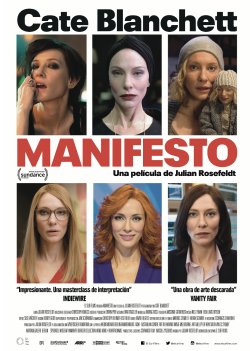
![]() BANDA SONORA
BANDA SONORA![]() CLIPS
CLIPS ![]() CÓMO SE HIZO
CÓMO SE HIZO![]() VIDEO ENTREVISTAS
VIDEO ENTREVISTAS![]() AUDIOS
AUDIOS![]() PREMIERE
PREMIERE



